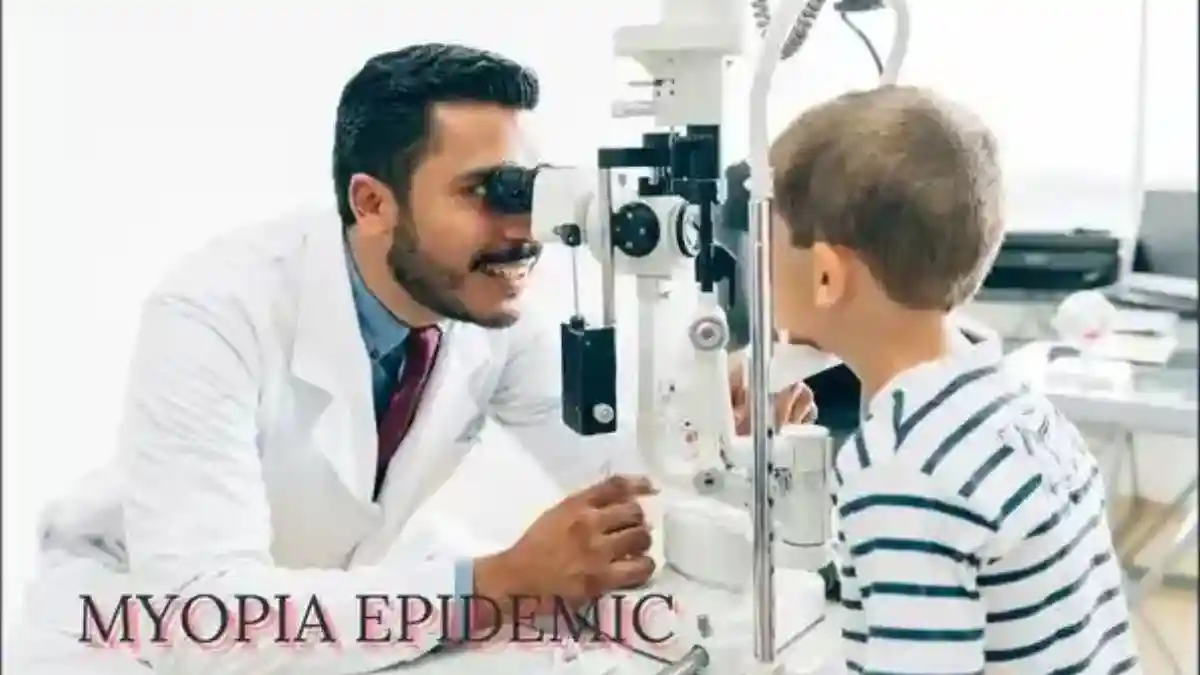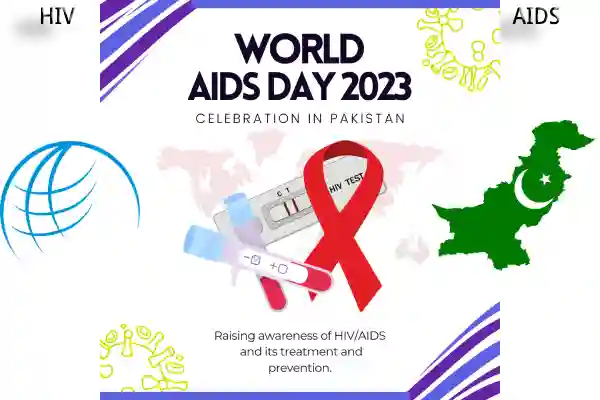Global Myopia Epidemic: Why Nearsightedness Is Spreading and How to Prevent It ! 5B could be affected by 2050
Overview
Myopia, or nearsightedness, is a condition that affects the ability to see distant objects clearly. Over the past few decades, myopia has been increasing at an alarming rate, leading experts to call it a Myopia epidemic. In some parts of the world, particularly in East Asia, the condition affects as many as 80-90% of children and young adults. This rise in myopia epidemic is not limited to one region; it is spreading worldwide, affecting individuals of all ages.
The World Health Organization predicts that by 2050, nearly half of the global population—around 5 billion people—could be affected by myopia. This unprecedented rise has sparked concerns about long-term vision health and the quality of life for millions of individuals. Understanding why myopia is spreading and how to prevent it is key to managing this epidemic.
Causes of Myopia Epidemic
Several factors contribute to the spread of myopia epidemic, with both environmental and genetic influences playing significant roles.
- Increased Screen Time and Near Work: A major factor in the rising prevalence of myopia epidemic is the increase in screen time and other activities that involve prolonged close-up work, such as reading or using digital devices. Children today spend more time indoors and on screens, which may strain their eyes and contribute to the development of nearsightedness.
- Lack of Outdoor Exposure: Studies suggest that children who spend less time outdoors are more prone to developing myopia. Outdoor activities allow the eyes to focus on distant objects, reducing eye strain and potentially slowing the progression of myopia. Natural sunlight also plays a role, as exposure to bright light may help regulate the growth of the eye, preventing it from becoming too elongated—a key factor in myopia.
- Genetics: Genetics also plays a crucial role in myopia. If one or both parents are nearsighted, their children are more likely to develop the condition. While genetics cannot be changed, the environmental factors that contribute to the worsening of myopia can often be managed.
- Urbanization and Modern Lifestyles: As more people live in urban environments, where there is greater reliance on indoor activities and digital devices, the rate of myopia epidemic has skyrocketed. In cities where academic demands are high and outdoor play is limited, children are particularly vulnerable to developing nearsightedness.
Spread of Myopia Epidemic Globally
While myopia rates are skyrocketing in East Asia, particularly in countries like China, South Korea, and Japan, the condition is spreading rapidly in Western nations as well. In the United States and parts of Europe, the prevalence of the eye disease has doubled in recent decades, affecting a significant portion of the population

The global nature of the myopia epidemic is driven by modern lifestyles. As societies become more dependent on technology and academic success, children spend more time indoors focusing on near objects, which contributes to the increasing rates of nearsightedness. If the trend continues, the global burden of myopia and its associated complications, such as the risk of retinal detachment, glaucoma, and even blindness, will become a major public health concern.
Prevention of Myopia

Though genetic factors may predispose individuals to myopia, there are several lifestyle changes that can help prevent or slow its progression:
- Limit Screen Time: Reducing the amount of time spent on digital devices can help alleviate the strain on children’s eyes. The “20-20-20 rule” is a helpful guideline: for every 20 minutes of screen time or near work, look at something 20 feet away for at least 20 seconds to give the eyes a chance to relax.
- Encourage Outdoor Play: Spending time outdoors has been shown to reduce the risk of developing myopia in children. It is recommended that children spend at least 1-2 hours outside each day, engaging in activities that allow them to focus on distant objects. Outdoor light exposure may also help regulate eye growth.
- Regular Eye Exams: Early detection is key in managing myopia. Regular eye check-ups allow for early intervention, especially in children, and help prevent the progression of the condition. Parents should ensure that children have routine eye exams starting at a young age.
- Proper Lighting and Breaks: Whether reading, studying, or using digital devices, ensuring adequate lighting and taking regular breaks can reduce eye strain and lower the risk of myopia. Good posture during near work and avoiding prolonged periods of focus on close objects are also important.
Treatment Options for Myopia
While prevention is essential, myopia epidemic can still be effectively managed through various treatments:

- Prescription Glasses or Contact Lenses: Corrective lenses are the most common way to manage myopia. They help refocus light onto the retina, providing clearer vision for those who are nearsighted.
- Orthokeratology (Ortho-K): This treatment involves wearing specially designed contact lenses overnight to reshape the cornea temporarily, allowing for clear vision during the day without the need for glasses or contacts. Ortho-K can also help slow the progression of myopia in children.
- Atropine Eye Drops: Low-dose atropine drops have been shown to slow the progression of myopia in children. These drops are often used in combination with other treatments, such as glasses or Ortho-K.
- Refractive Surgery: For adults with stable myopia, surgical options such as LASIK or PRK (photorefractive keratectomy) can reshape the cornea and permanently correct vision. However, surgery is typically recommended only once the eye has stopped growing and vision has stabilized.
Conclusion
The global rise of myopia, particularly among children, is a growing public health concern. Modern lifestyles, increased screen time, and a lack of outdoor activity are contributing to the rapid spread of nearsightedness worldwide. By understanding the causes and taking steps to prevent or slow the progression of myopia, we can mitigate the impact of this epidemic on future generations. Regular eye exams, encouraging outdoor play, and managing screen time are simple yet effective measures to combat the rising tide of myopia.







